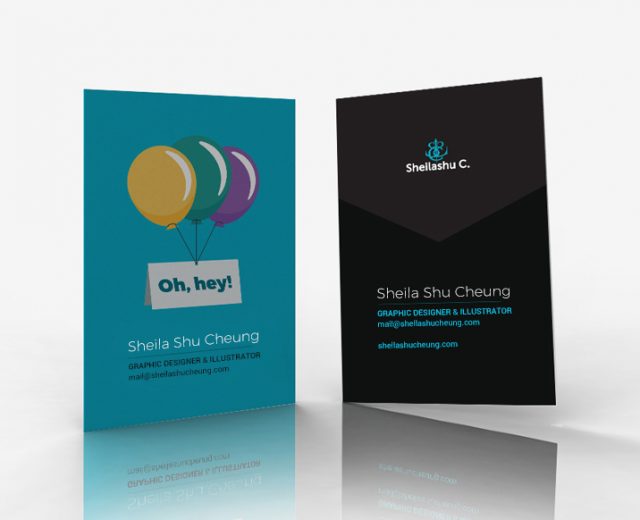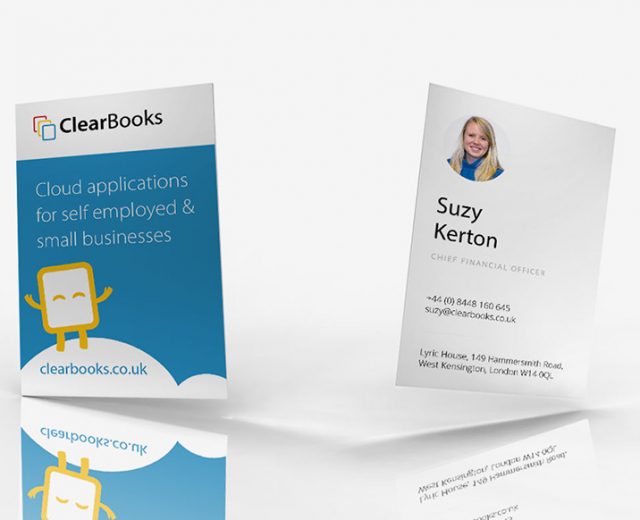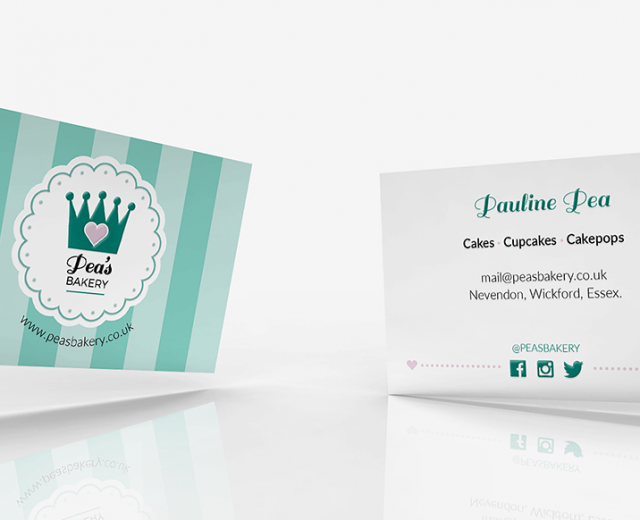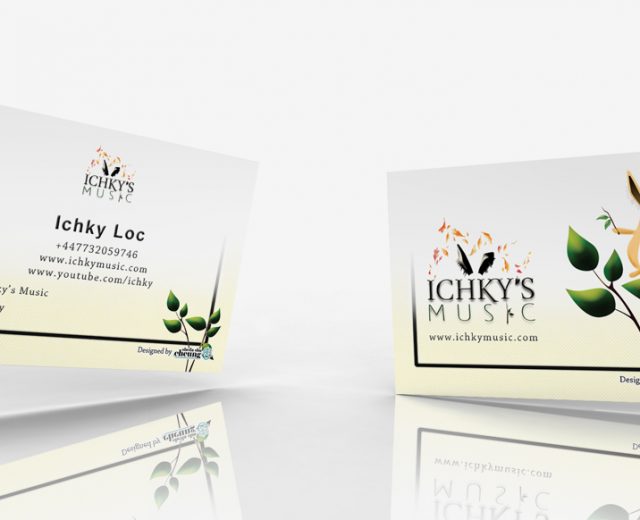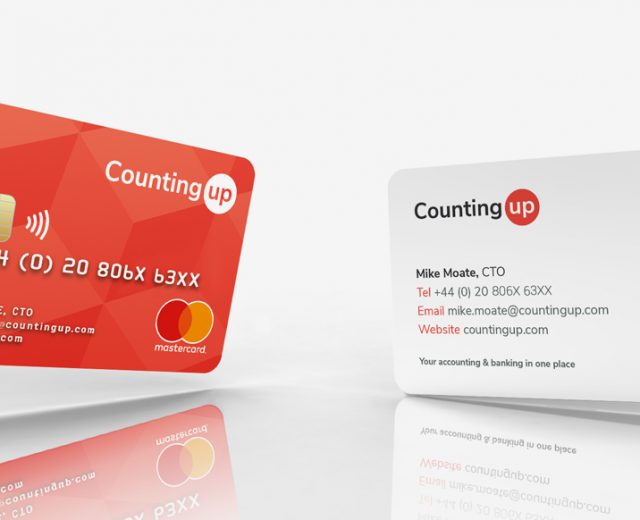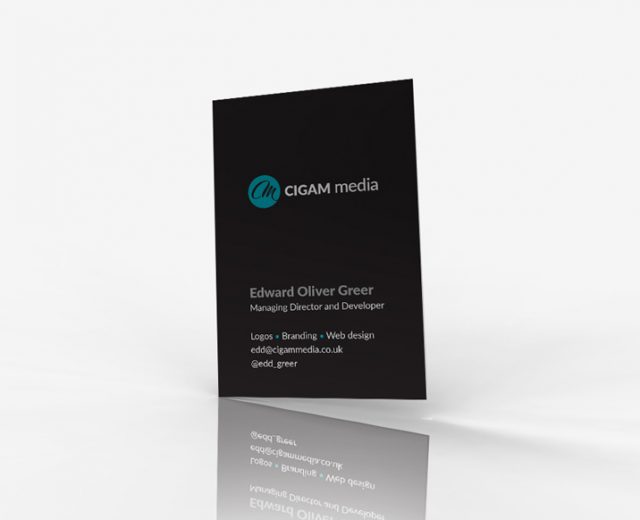Tips for getting business cards designed
At any moment you could be faced with a prospective client. They could be in touch with you soon if you leave a good impression. It would be a good idea to get some business cards designed if you’d want to turn every chat about your business into a potential lead.
A good business card should reflect your business’s values and sense of style. It should match any other marketing material you have already. What’s more important is that it should match you – we need to ensure it’s got the right sort of information on there so anyone can easy identify that they will be in touch with the right person.
Things to think about when getting business cards designed
It’s important to present the best sides of ourselves and so it’s understandable to want a business card design that you are proud to hand out. Here’s a couple of things to think about to get the most out of working with a designer:
It would be wise to send over a copy of your company style guide if you have one already. If not, but you have an existing style for your business then you should let your designer know of the exact CMYK or Pantone colours and fonts. Let your designer know of your website URL so the cards can be matched with its existing style.
Bells & whistles
There are ways to make your business card leave a more dramatic impression. If you are feeling to splurge a little, you could consider some special effects as part of the design.
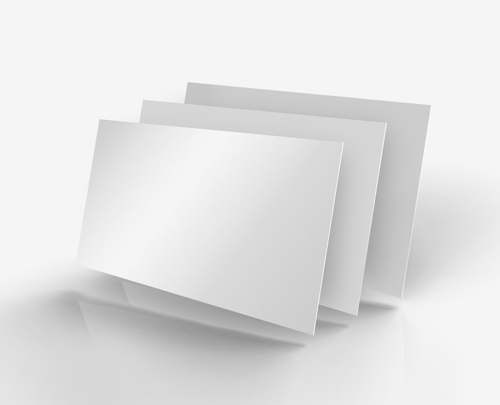
Glossy, matt or silk finish
You should chose whether you’d like glossy, matt, silk or natural finish cards as a basic requirement. If it matches well with your business, it can be surprising how effective the results could be.
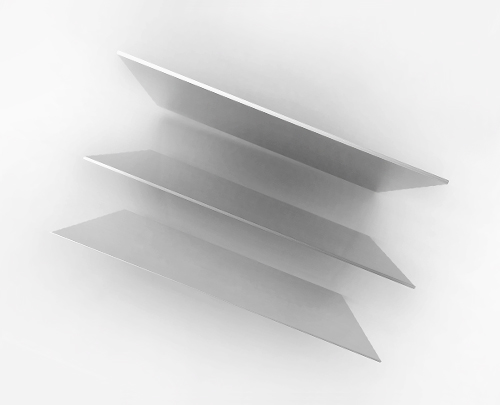
Thickness of the card
The designer can also recommend the card thickness. Some businesses suit thicker cards and it can make quite a statement. Thinner business cards tend to be the standard and would cost less though.
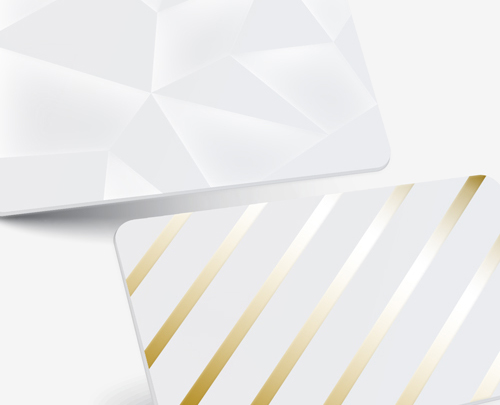
Shiny, raised or gold areas
Raised UV spot gloss can make the business cards more tactile and pleasant to hold in your hands. Or you can opt for designing some gold foil areas as part of the design for a regal touch.
What details to have on the business cards
Consider what you’d need on the cards to ensure anyone can contact you easily. Here are some details you can choose to include:
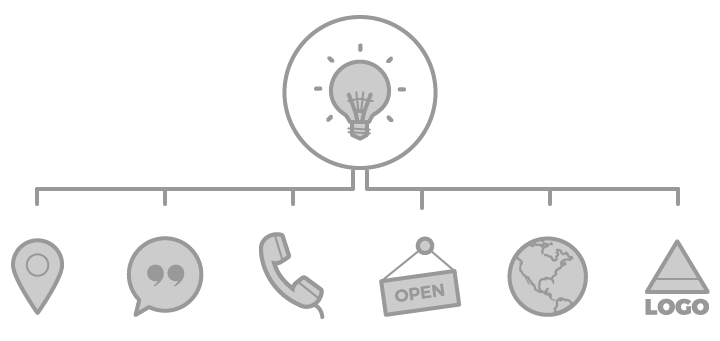
- Your name
- Your job title
- A photo of you
- Your telephone number
- The company logo
- The company website URL
- The company address
- Opening hours
- Short description of the company
- The company slogan
- A good photo of one of your products
Tips & tricks
There’s standard sizes for business cards. The UK size is 85mm x 55mm and the US size is 89mm x 51mm. Though it’s up to you to decided but you can consider using the size that matches your operating location.
There are special sizes to think about too, such as square or mini cards. Though you’ll have to consider if that would make it easier or harder for your card to be found amongst a stack of others that someone has collected. It would be a shame if it would get lost easily.
Think about what will fit on the cards. Text cannot be too small for the sake of legibility and consider whether some of your target customers may need bigger text.
Are you going to opt for one business card design to share between your team? Then it would make sense for no photos of faces and no names, but it would be important to list the main services your business provides and even your company slogan.
Business card design inspiration
Here are some previous business card designs by Sheila Shu Cheung
Get some business cards designed
Pop me a message to start our conversation about your design


